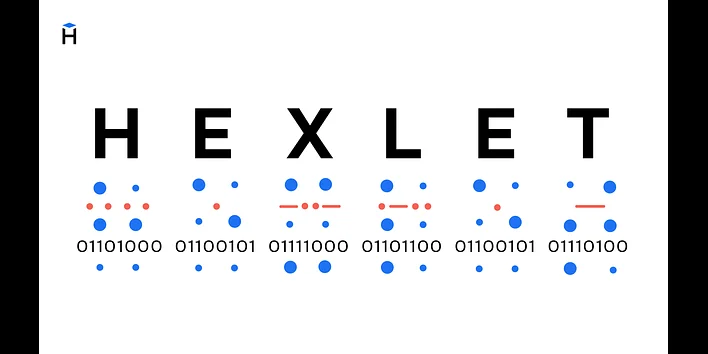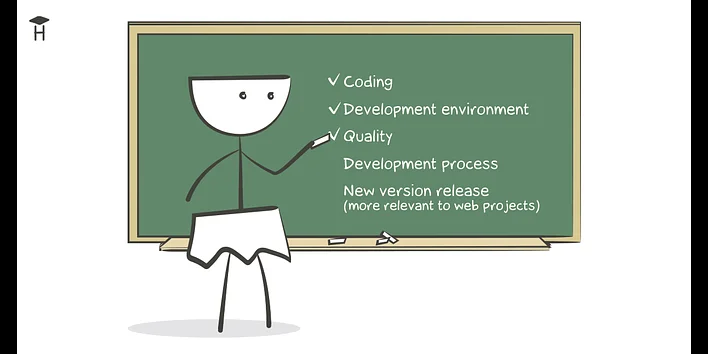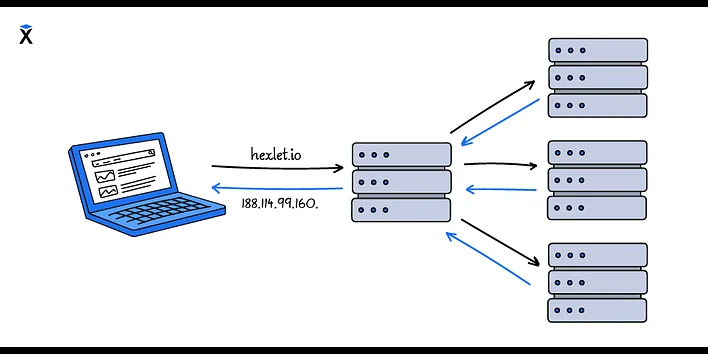-
-
Все что есть8
-
- Популярные категории
-
- Популярные курсы
-
-
- About company
- Blog
- Результаты (Исследование)
- Хекслет Карьера
- Testimonials
- Поддержка (В ТГ)
- Реферальная программа
- Подарочные сертификаты
- Вакансии
- Компаниям
- Колледж
- Частная школа
- Sign up
- Sign in







.png)

